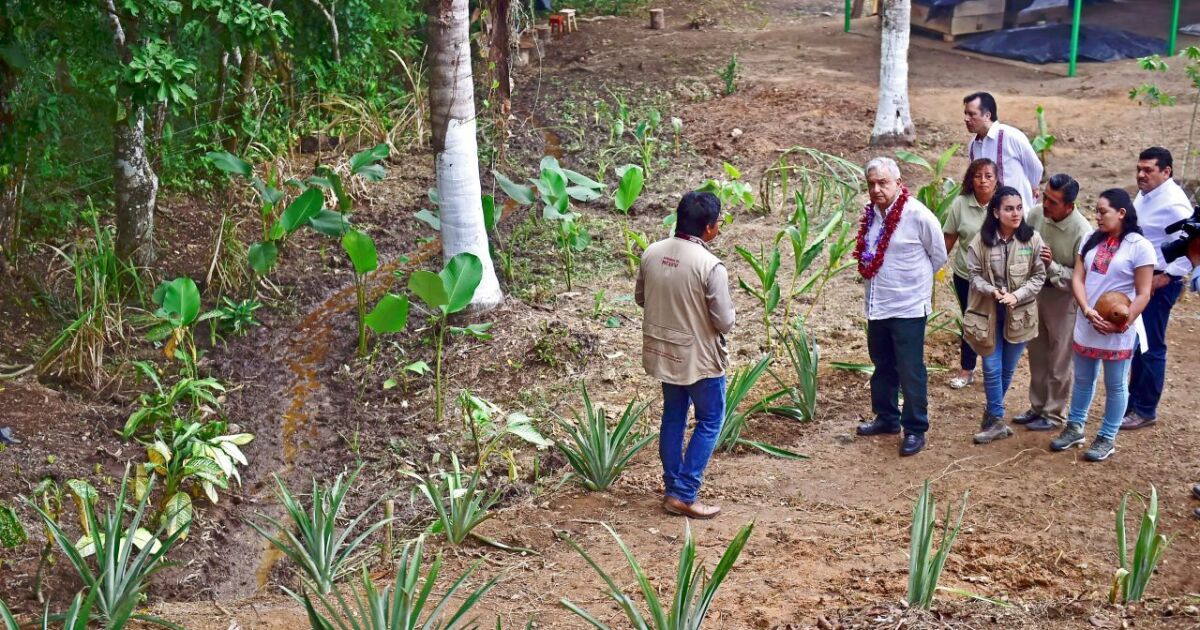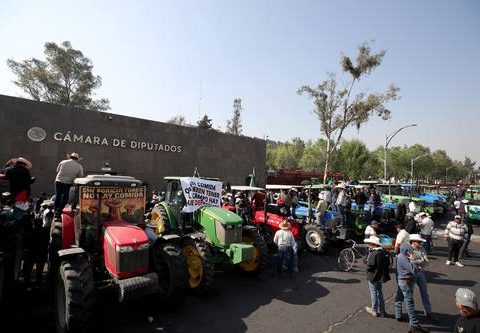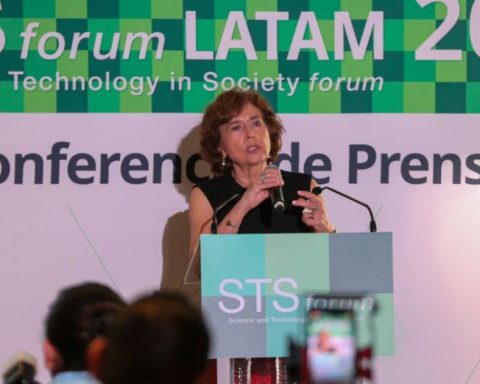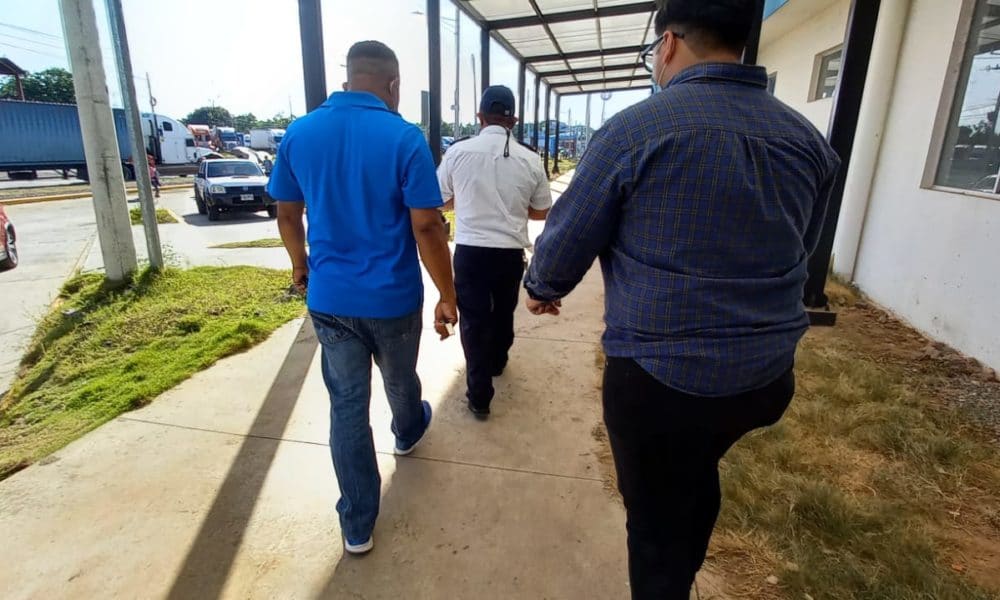According to INDEP, Sembrando Vida obtained:
- 48.89 points for the quality of its design.
- 50,000 in your ability to meet goals.
- 20.78 in the coverage of the potentially beneficiary population.
The Index indicated that the beneficiaries are 415,692, when the target population is 1 million 859,535, while the potential population is 2 million 163,852 agrarian subjects in rural localities of the 32 states. Nevertheless, the program only operates in 20 entities, according to the 2021 Operating Rules.
This year’s results at INDEP, place the program below the score obtained in 2020, in which it evaluated the first year of operation, where it collected 41.72 points on average, in which it achieved 100.00 in the area of meeting goals, 48.89 in the quality of the design and only 9.00 in coverage.
This is not the first time coverage has been questioned. The Evaluation Report of the Social Development Policy 2020 of the National Council for the Evaluation of Social Development Policy (Coneval), pointed out that the Comprehensive Welfare Programs implemented by the federal government do not fully address the risks faced by people in its different stages of the life cycle.
In the case of Sembrando Vida, he identified that there are populations that are left out of the supports, that is, they are not recognized as agrarian subjects because they have less required land ownership.
Last February, the Superior Audit of the Federation (ASF), detected deficiencies in its design, program and implementation that put at risk “the objective of achieving that agrarian subjects in rural localities with incomes below the rural well-being line have sufficient income to make the land productive”, indicated the Individual Report of the Result of the Superior Audit of the Public Account 2019.
















